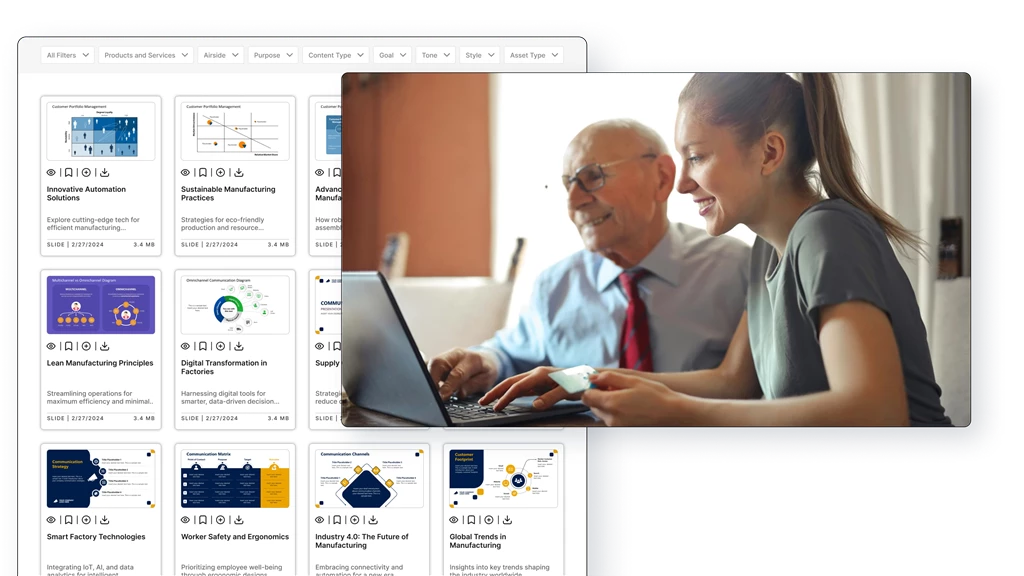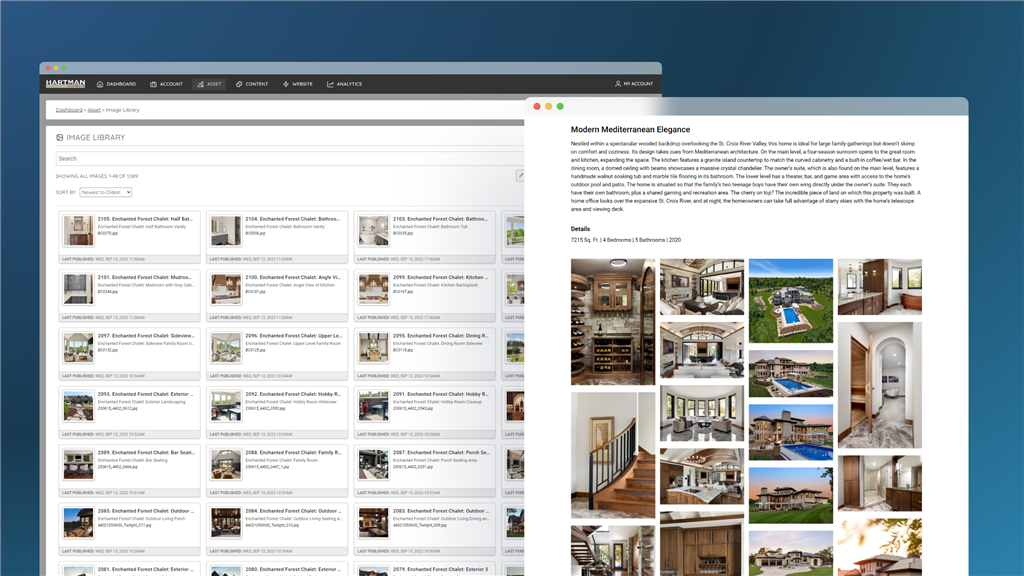What is Digital Asset Management (DAM)?
Digital Asset Management is a system or software that helps businesses organize, store, retrieve, and distribute digital assets in a centralized and efficient manner. A digital asset can be any piece of digital content, such as images, videos, audio files, documents, graphics, and even marketing materials. DAM systems are designed to manage these assets throughout their lifecycle—from creation and storage to usage and archiving.
The primary goal of a DAM system is to ensure that digital assets are easily accessible to the right people at the right time, improving productivity, collaboration, and brand consistency across an organization.
How Does Digital Asset Management Work?
Digital Asset Management systems operate through a series of processes and features that work together to manage and distribute digital content effectively. Here’s a step-by-step breakdown of how a typical DAM system works:
Centralized Storage
What It Does: At the core of a DAM system is a centralized repository where all digital assets are stored. This repository acts as a single source of truth for all assets, ensuring that everyone in the organization can access the most up-to-date versions of files.
How It Works: When assets are uploaded to the DAM system, they are stored in a secure, organized manner. Files can be categorized into folders or tagged with metadata, making them easier to find. The centralized nature of the storage ensures that duplicates are minimized and that assets are not scattered across different platforms or devices.
Metadata and Tagging
What It Does: Metadata is information about a digital asset that helps describe, categorize, and manage it. Tagging assets with relevant metadata makes it easier to search, filter, and organize content within the DAM system.
How It Works: When an asset is uploaded to the DAM, users can add metadata such as titles, descriptions, keywords, file types, dates, and copyright information. Advanced DAM systems may also use AI to automatically generate metadata, such as identifying objects within images or transcribing audio content. This metadata is then used to tag the asset, making it searchable and easy to retrieve.
Search and Retrieval
What It Does: One of the most powerful features of a DAM system is its ability to quickly and accurately search for and retrieve digital assets based on metadata, tags, and keywords.
How It Works: Users can search the DAM system using various criteria, such as file type, creation date, project name, or specific keywords. The system’s search engine scans the metadata and tags associated with each asset to provide relevant results. Advanced DAM systems might also offer features like faceted search, which allows users to refine their searches based on multiple criteria, and AI-driven search that can recognize content within images or videos.
Access Control and Permissions
What It Does: DAM systems allow organizations to control who has access to specific assets, ensuring that sensitive content is only available to authorized users.
How It Works: Users can be assigned different roles with varying levels of access based on their responsibilities within the organization. For example, a marketing manager might have full access to upload, edit, and share assets, while a salesperson might only have permission to view and download certain files. Permissions can be set at the user level, group level, or even for specific assets or folders, ensuring that content is secure and properly managed.
Version Control
What It Does: Version control in a DAM system tracks changes to digital assets over time, ensuring that users can access the latest version or revert to previous versions if necessary.
How It Works: When an asset is edited or updated, the DAM system automatically saves the new version while retaining the original. This allows users to see a history of changes, compare versions, and restore earlier versions if needed. Version control is especially important for collaborative projects where multiple users may be working on the same asset.
Collaboration Tools
What It Does: DAM systems often include collaboration features that allow teams to work together on digital assets, share feedback, and streamline workflows.
How It Works: Users can share assets with team members, add comments, request approvals, and assign tasks directly within the DAM system. These tools help streamline the content creation and approval process, ensuring that projects move forward efficiently. Some DAM systems also integrate with other collaboration platforms, like project management tools or communication apps, to further enhance teamwork.
Distribution and Sharing
What It Does: Once an asset is ready for use, the DAM system facilitates its distribution and sharing, both internally and externally.
How It Works: Users can share assets directly from the DAM system by generating shareable links, embedding files in emails or websites, or integrating with other platforms like social media or content management systems. DAM systems often allow for custom download settings, such as resizing images or converting file formats, ensuring that assets are shared in the appropriate format for their intended use.
Analytics and Reporting
What It Does: DAM systems often provide analytics and reporting features that offer insights into how digital assets are being used, who is accessing them, and their overall impact.
How It Works: The system tracks metrics such as the number of times an asset is viewed, downloaded, or shared. Reports can be generated to show trends in asset usage, identify popular content, and highlight areas where assets may need to be updated or improved. This data helps organizations understand the value of their digital assets and make informed decisions about content creation and distribution.
Benefits of Digital Asset Management
A well-implemented DAM system offers several key benefits:
-
Improved Efficiency
- By centralizing and organizing assets, DAM systems reduce the time spent searching for files, allowing teams to focus on more productive tasks.
-
Consistent Branding
- DAM systems ensure that all team members have access to the latest versions of brand assets, such as logos, fonts, and templates, maintaining brand consistency across all channels.
-
Enhanced Collaboration
- Collaboration tools within a DAM system streamline the content creation process, allowing teams to work together more effectively and meet deadlines.
-
Secure Access
- With robust access controls and permissions, DAM systems protect sensitive content and ensure that only authorized users can access certain assets.
-
Cost Savings
- By reducing the need for duplicate assets and streamlining workflows, DAM systems can lead to significant cost savings over time.
-
Better Decision-Making
- Analytics and reporting features provide valuable insights into asset performance, helping organizations make data-driven decisions about their content strategies.



